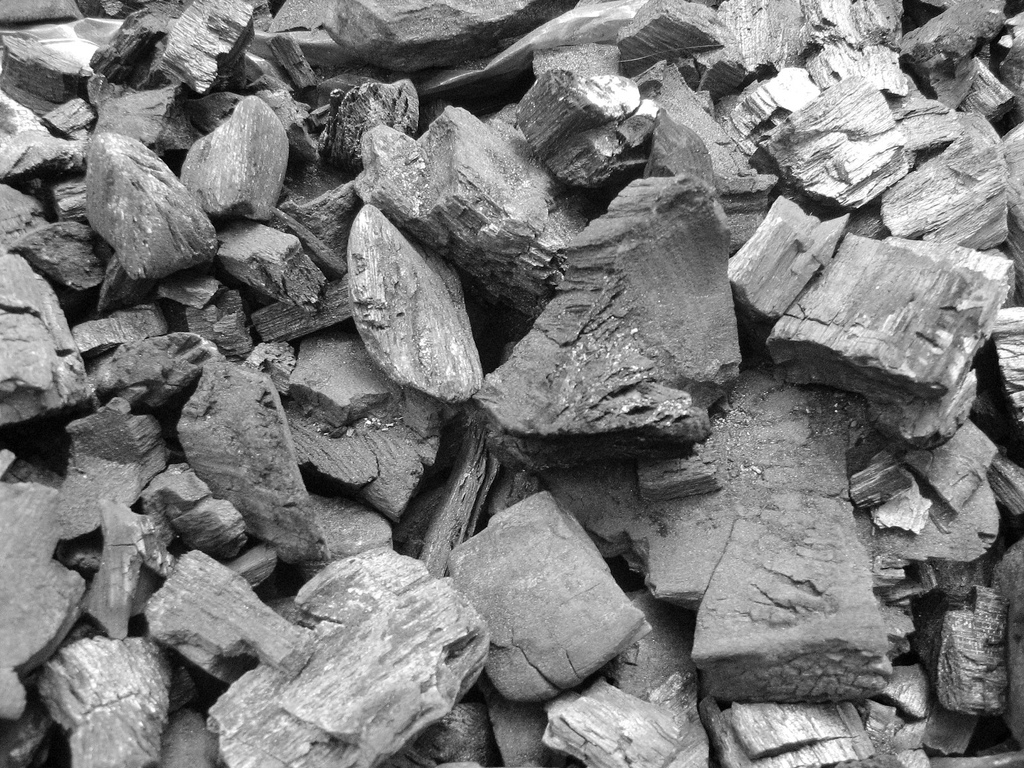Economy.
Paleolitic people lived in a wide variety of enviorments (torrid climates, frigid), life was very difficult and human beings had to use most of their time to find food or reefuge. The main characteristics of their way of life were:- Predatory economy (they took resources from Nature without replacing them). They obtained resources through:
- hunting (deers, reindeers, bisons, horses and mammoths).
- fishing
- food gathering (roots and fruits).
Apart from food, from their preys they obtained clothes (fat, tendons and hides) footwear (leather) and bones (tolos). We talk about a predatory economy, because
- Nomadic life. Primitive human beings did not live in one place, instead they had to move constantly to follow their preys:
- During the summers they lived in huts made of branches and hides, located close to rivers.
- During the winters they sought shelters in natural caves.
Technological contributions and inventions:
The main technological advances of the Paleolithic were:
- Stone tools, using the stonecarving technique:
- You strike one stone against another to make axes or bifaces, arrow heads and knives
- The pieces that came away were used as knives, scrapers…
- They also used bones and antlers to produce harpoons, fish hooks and needles.
Fire, was important because:
- it provided light and heat inside the caves.
- it frightened savage animals.
- It could be used to cook food and dry animal hides.
- It favoured social relations: around a fire, people shaerd their daily activities and asigned duties to one another.
Tribal society.
Humans lived in groups of about 20 or 30 people who were linked by family ties (tribes). It is thought that some members of the group had a greater importance:
- the shaman or healer.
- the strongest hunter.
Beliefs.
Today is believed that there were three forms of religious beliefs:- Belief in the power of natural elements: the Sun, the Moon, the stars, etc.
- Magic rituals to influence natural forces.
- Veneration of the dead that were furied along with food and weapons. This indicate a belief in a life after death.
Paleolithic art.
There were two main forms of art during the Paleolithic period:- Portable art, with the following characteristics:
- Were moveable objects.
- Made on stone, bone and ivory decorated with reliefs.
- The main examples were: engraved sticks, weapons and pendants; Venus small statues of women which acentuated feminine attributes.
 |
| Venus of Willendorf |
- Cave painting, appeared 40.000 years ago. These painting has appeared all across Europe, from Gibraltar to Siberia, but about an 80% has been discovered in France and the Iberian Peninsula.
- located on the walls and ceillings of caves.
- Represented animals (bisons, horses, mammoths, deers) with a high degree of realism, schematically drawn human beings and symbols such as hands or vulvas.
- Were polychrome. They made pygments mixing animal fat with natural substances such as iron oxide (red), charcoal (black) and earth (ochre). They applied colours using their fingers or blowing the pigment through bird bones.
 |
| Charcoal |
 |
| Iron oxide |

No hay comentarios:
Publicar un comentario